 Speaker: Colin Robert Woods
Speaker: Colin Robert Woods
Affiliation: NUS - Materials Science and Engineering
Abstract Details:
Two-dimensional (2D) hexagonal boron nitride (hBN) has become integral to the fabrication of heterostructures based on van der Waals 2D crystals. It is a wide-bandgap insulator with a unique combination of properties, including exceptional strength, large oxidation resistance at high temperatures, and optical functionalities. Like many Group III-nitride materials, its covalent bonds are highly polar; presenting the possibility of spontaneous and piezoelectric polarisations in the correct crystalline configurations. In this work, we outline the observation of in-plane piezoelectricity for monolayer (one atom thick) hBN [1] – a property which does not exist for the bilayer or bulk systems. Furthermore, we report on the emergence of spontaneous polarisation and ferroelectricity in anomalously stacked hBN interfaces [2]. Throughout this work we utilise complimentary atomic force microscopy and Kelvin Probe force microscopy imaging to quantify the effects. As well as detailed modelling for in-plane strain profiles and interface relaxation. Both in-plane piezoelectricity and out-of-plane ferroelectricity present exciting possibilities for precise control over device properties.
https://youtu.be/94-WWDIONWs
About the Speaker: Dr. Colin Robert Woods is an Assistant Professor in the department of Materials Science and Engineering at the National University of Singapore. He is an expert in two-dimensional; materials, physics, and devices. Dr Woods received a Master’s in physics (MPhys) from the university of Manchester in 2012. In 2016, he received his PhD from the university of Manchester, for his work on interfacial interactions between graphene and hexagonal boron nitride (hBN). During this time, his principal contribution was to the understanding of the complex commensurate phase between graphene and hBN. Upon completion of his PhD, Dr Woods was awarded the Engineering and Physical Sciences (EPSRC-UK) doctoral prize fellowship to continue his inquiries. This resulted in the observation of macroscopic dynamical behaviour in 2D interfaces, and a novel sequence of ‘composite super-moiré structures’. In 2018, Colin was awarded the British Councils UK-Israel collaborative grant, which saw him work in Tel Aviv Universities Femto-Nano laboratory to work on femto-second optical phenomena in 2D materials. Dr Woods’ current interests are in strain-engineering and emergent phenomenon in 2D crystals.
[1] Ares, P., Cea, T., Holwill, M., Wang, Y. B., Roldán, R., Guinea, F., Andreeva, D. V., Fumagalli, L., Novoselov, K. S., Woods, C. R., Piezoelectricity in Monolayer Hexagonal Boron Nitride. Adv. Mater. 2020, 32, 1905504. https://doi.org/10.1002/adma.201905504
[2] Woods, C.R., Ares, P., Nevison-Andrews, H. et al. Charge-polarized interfacial superlattices in marginally twisted hexagonal boron nitride. Nat Commun 12, 347 (2021). https://doi.org/10.1038/s41467-020-20667-2
This webinar is over. You may watch the recorded video in our YouTube page at https://youtu.be/94-WWDIONWs
https://youtu.be/94-WWDIONWs
—
To view all the upcoming seminars, you can visit: https://graphene.nus.edu.sg/news-events/events/
You may also Like & Subscribe our following channels below to receive instant notifications for new announcements.




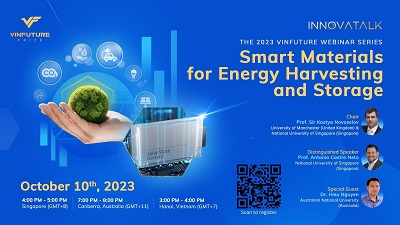 Speaker: Prof. Antonio Castro Neto
Speaker: Prof. Antonio Castro Neto 


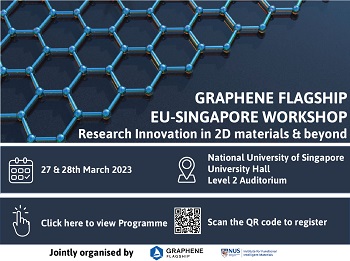 Affiliation: European Union (EU) Graphene Flagship, NUS Institute for Functional Intelligent Materials (I-FIM) Joint Workshop
Affiliation: European Union (EU) Graphene Flagship, NUS Institute for Functional Intelligent Materials (I-FIM) Joint Workshop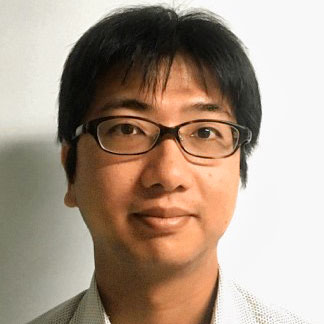 Speaker: Associate Professor Ryo Ishikawa
Speaker: Associate Professor Ryo Ishikawa 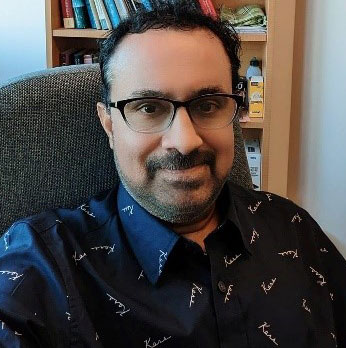 Speaker: Professor Hari Srikanth
Speaker: Professor Hari Srikanth 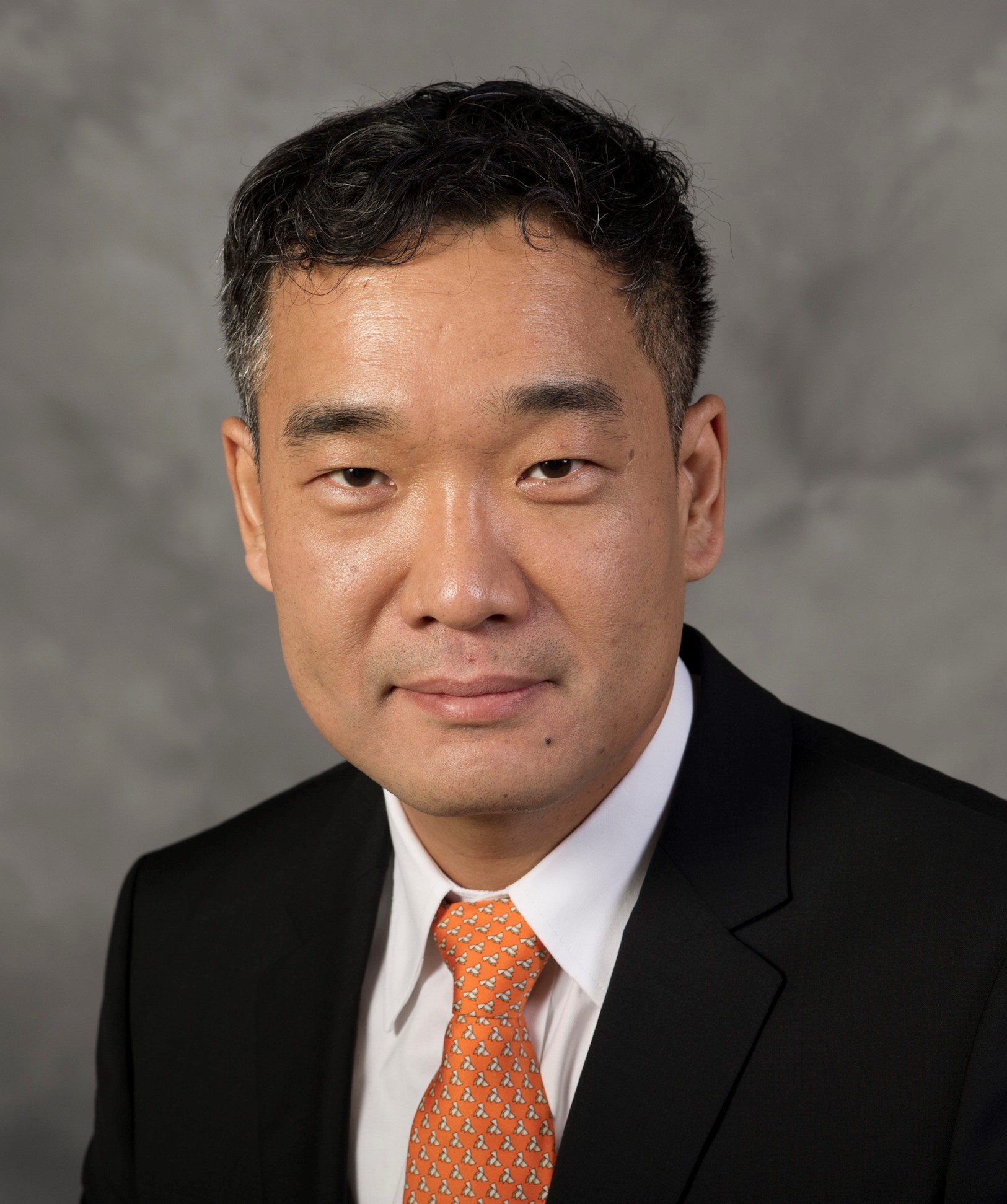 Speaker: Professor Jaehong Kim
Speaker: Professor Jaehong Kim  Speaker: Dr. Choongho Yu
Speaker: Dr. Choongho Yu 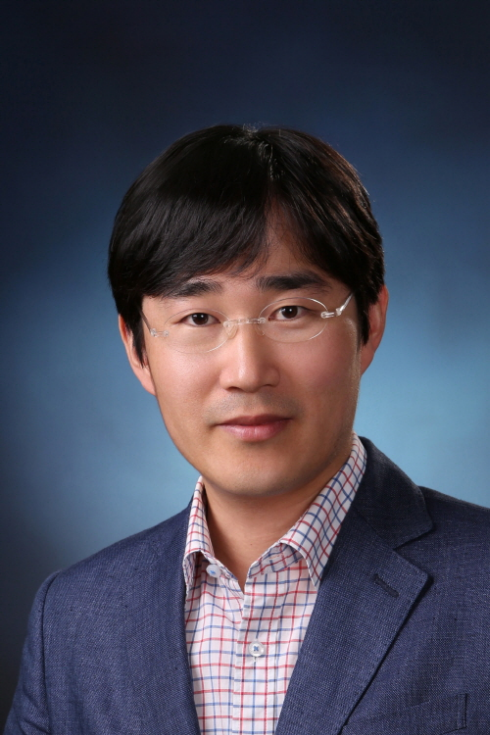 Speaker: Professor Seung Hwan Ko
Speaker: Professor Seung Hwan Ko 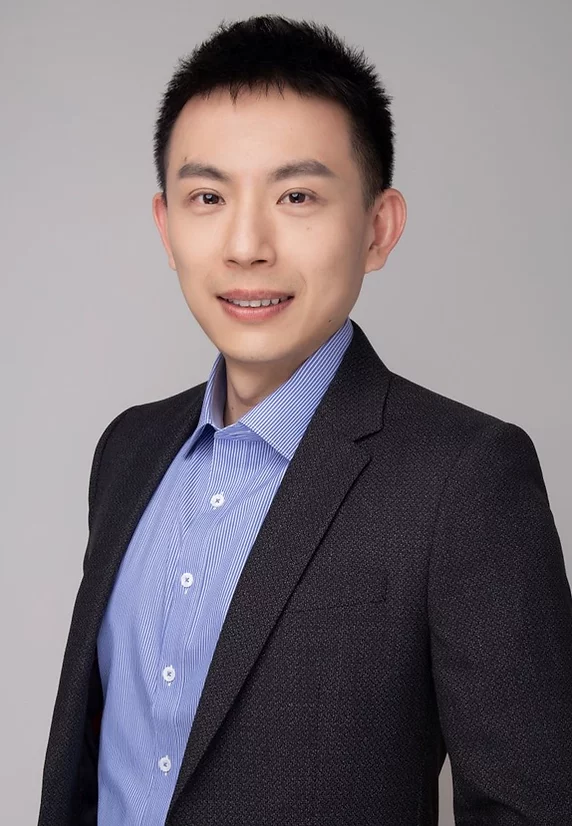 Speaker: Xianwen Mao
Speaker: Xianwen Mao  Speaker: Colin Robert Woods
Speaker: Colin Robert Woods 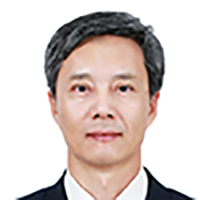 Speaker: Professor Cheol Seong Hwang
Speaker: Professor Cheol Seong Hwang